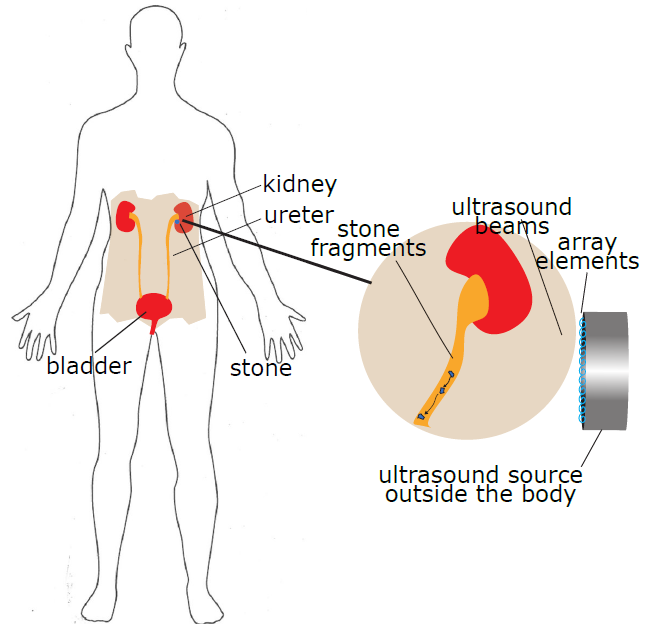2aPAa – Three-dimensional wavefront modeling of secondary sonic booms
Dr. Joe Salamone – joe.salamone@boom.aero
Boom Supersonic
12876 East Adam Circle
Centennial, CO 80112
Popular version of 2aPAan- Three-dimensional wavefront modeling of secondary sonic booms
Presented Tuesday morning, May 24, 2022
182nd ASA Meeting, Denver, Colorado
Click here to read the abstract
A sonic boom is the impulsive sound heard resulting from a vehicle flying faster than the speed of sound. The origin of this impulsive sound is the localized shock structure close to the vehicle due to regions of compression and expansion of the air (Figure 1) which manifest as pressure disturbances. The leading shock at the vehicle typically forms a cone that circumferentially spreads around its nose. A commonly used formula that relates the interior cone angle to the supersonic vehicle’s Mach number is: cone angle = asin(1/Mach). Thus, the cone angle gets larger with decreasing supersonic Mach number and vice versa.
The sonic boom propagates along acoustic ray paths, and these paths can refract based on temperature gradients and wind speed gradients. A fundamental premise is the ray path will always bend towards the slower speed of sound. The initial ray direction is normal to the Mach cone, with some additional influence for its initial direction due to the presence of wind at the vehicle’s flight altitude. A depiction of the Mach cone compared to the ray cone was presented by Plotkin (2008) shown in Figure 2. The Mach cone exists at an instance in time, travelling with the supersonic vehicle, while the specific locations that comprise the Mach cone surface represent the pressure disturbances that propagate along ray paths.

Figure 2 – Notional comparison between the supersonic Mach cone and its corresponding ray cone
Work presented here examines the shape of the Mach cone when propagated significantly large distances away from the vehicle in three-dimensional, realistic atmospheric conditions. Also recognize the work here only depicts where the sonic boom could travel and not what its amplitude could be at the Earth’s surface. Figure 3 shows that as the vehicle travels it is constantly generating new portions of the Mach cone, while the existing portions of the Mach cone all propagate at the local (effective) speed of sound.

Figure 3 – Mach cone construction from ray paths that originate from vehicle positions along its trajectory
A computational example of an extended Mach cone is shown in Figure 4 where the vehicle is flying at Mach 1.15. Note the atmospheric refraction of the ray paths result in the lower portions of the Mach cone not reaching the Earth’s surface. And likewise, the upper portions of Mach cone warp back towards the Earth’s surface. Thus, the Mach cone no longer resembles a cone but is a more complicated shape.

Figure 4 – Computational example of a Mach cone for a vehicle traveling at Mach 1.15
Another computational example is presented in Figure 5, where the vehicle is flying at Mach 1.7. Note the increase in Mach number creates a shallower initial Mach cone and portions of the Mach cone reach the Earth’s surface. Additionally, the outer fringes of the Mach cone above and below the vehicle that do reach the Earth’s surface result in primary, direct secondary and indirect secondary sonic booms as indicated in Figure 5. However, some portions of the Mach cone centered above and below the vehicle eventually refract at an extremely high altitude in the thermosphere. Thus, those portions of the Mach cone, when they reach the Earth’s surface, would be inaudible due to their significantly longer propagation distances.

Figure 5 – Computational example of a Mach cone for a vehicle traveling at Mach 1.7








